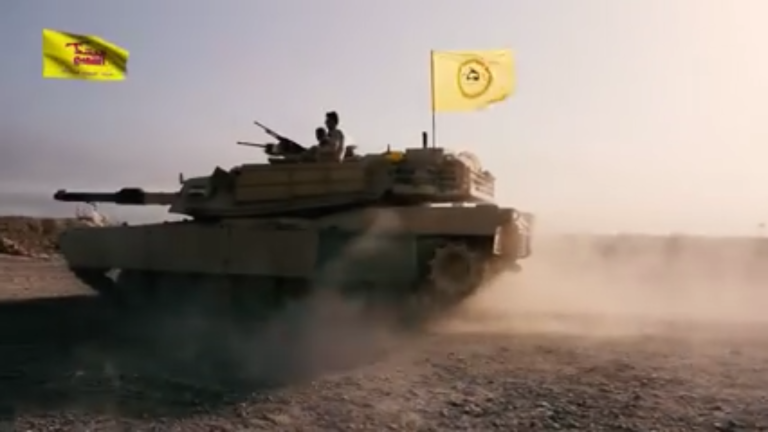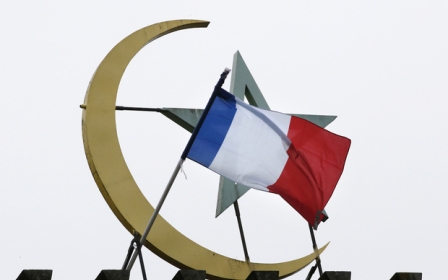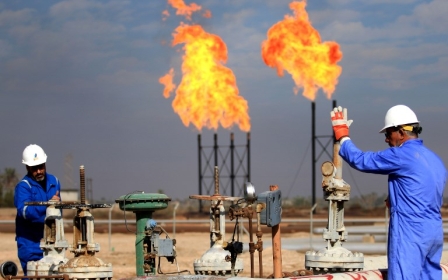US arms firm 'quits Iraq' over use of Abrams tanks by Iran-backed militia

The US has suspended maintenance of Abrams tanks in Iraq following accusations that the Iraqi army had given at least one of the tanks to a controversial Hashd al-Shaabi brigade.
According to the Baghdad-based al-Ghad news agency, defence contractor General Dynamics has suspended maintenance of the tanks since December, after Baghdad broke a contractual agreement that only the Iraqi army would use the vehicles.
General Dynamics maintenance workers reportedly left Iraq for the Christmas period and have not returned.
The Hashd al-Shaabi, also known as the Popular Mobilisation Units (PMUs), are a collection of fighting groups, the largest of which are backed by Iran and have been accused of carrying out human rights abuses and promoting sectarianism. Abu Mahdi al-Muhandis, the deputy commander of the PMUs, is designated a terrorist by the US State Department.
Al-Ghad said 60 of Iraq’s 140 Abrams tanks are now out of service following the battle to retake the city of Mosul from the Islamic State (IS) group, which involved both the Iraqi army and the PMUs.
It added that, following complaints from the US that two tanks had been given to non-army groups, Baghdad had retrieved one of the tanks during an operation against IS in Anbar province and had pledged to take back the other by the beginning of February.
Middle East Eye contacted General Dynamics and an Iraqi military spokesperson about the reports, but at time of publication had received no response.
Concerns have previously been raised about Iran-backed groups appropriating US technology in Iraq. Footage released in February 2016 appeared to show the flag of the group Kata’ib Sayyid al-Shuhada (KSS) flying from the back of an M1 Abrams.
Although KSS is not designated a terror organisation by the US, the group is known to have close ties to the Lebanese Hezbollah and the iran-backed Badr Organisation.
The group is commanded by Abu Mustafa al-Sheibani, who was involved in the insurgency against American forces during the occupation of Iraq after 2003.
The rise of Hashd al-Shaabi
The majority of PMUs were formed in 2014 after Iraq's most senior religious leader, Ali al-Sistani, issued a call to defend Iraq from the advancing forces of IS.
These groups, which joined with already established Iran-backed groups such as the Badr Organisation and Kataib Hezbollah, were largely responsible for pushing back IS from territories around Baghdad and are regarded as heroes by much of Iraq's Shia community.
However, the US and some Iraqi political figures have attempted to limit the groups' influence and have called on them to disband or be incorporated into the army after the fall of Mosul in July.
A number of leaders of the PMUs announced in early July that they would be running in upcoming parliamentary elections in a coalition named Victory Alliance.
Iraq's prime minister, Haider al-Abadi, had initially said he would be running in an alliance with the group. However, this collapsed soon after, following criticism that the Hashd alliance would pursue a sectarian agenda in Iraq.
New MEE newsletter: Jerusalem Dispatch
Sign up to get the latest insights and analysis on Israel-Palestine, alongside Turkey Unpacked and other MEE newsletters
Middle East Eye delivers independent and unrivalled coverage and analysis of the Middle East, North Africa and beyond. To learn more about republishing this content and the associated fees, please fill out this form. More about MEE can be found here.




